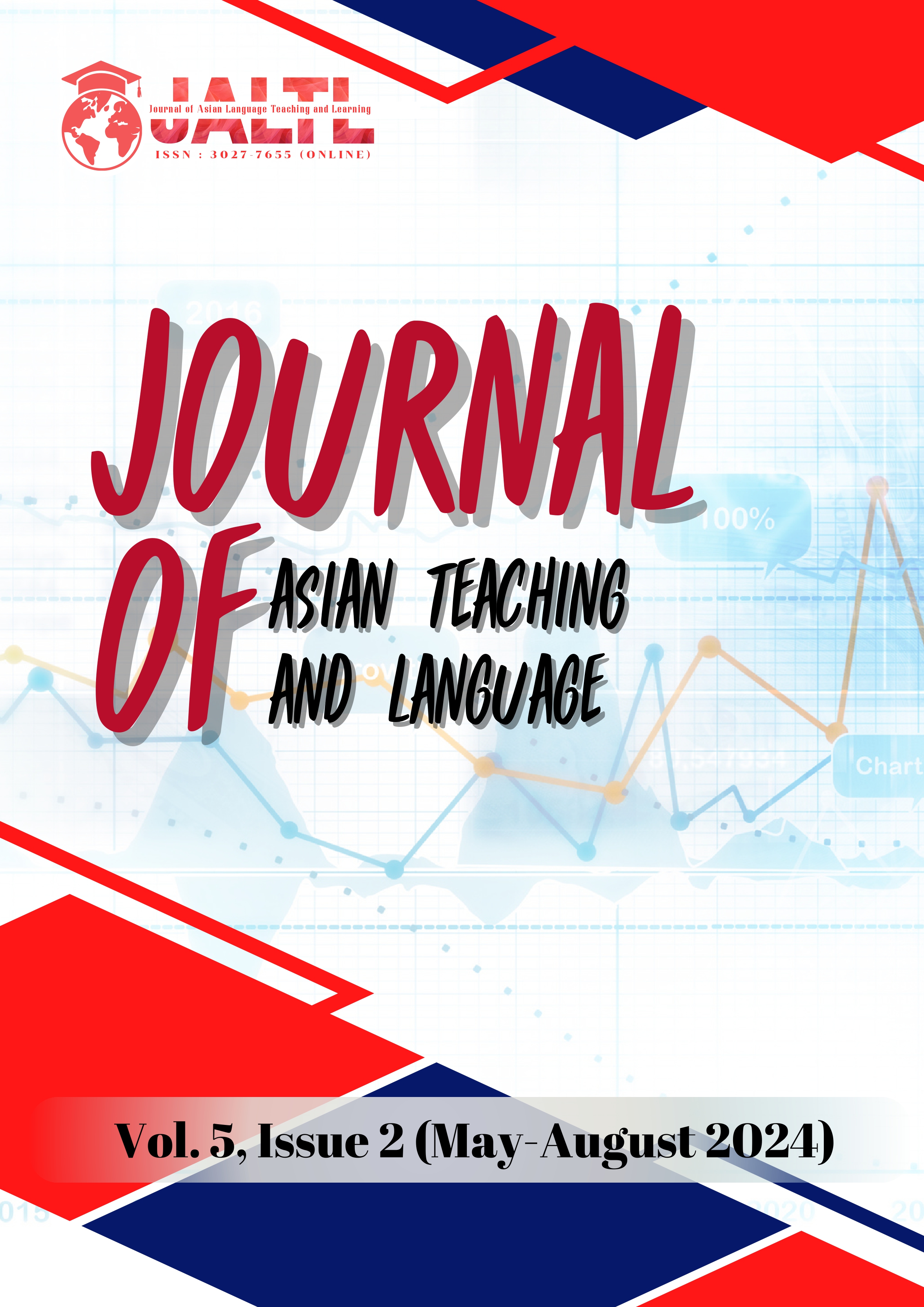Needs Analysis of Learning English in Support of Fine Arts Purposes for Undergraduate Students in Western Bangkok
Main Article Content
บทคัดย่อ
The objectives of this research were to: (1) examine the scope of content required for the subject of English for Specific Purposes (ESP) in the fine arts; (2) investigate the background, current conditions, and expectations regarding the study of ESP in the fine arts; and (3) study opinions on the measurement and evaluation of learning outcomes in the ESP subject of the fine arts. The study employed a survey methodology to collect quantitative data. Using a simple random sampling technique, we selected 200 students from the Faculty of Fine and Applied Arts at Bangkokthonburi University, out of a total population of 680 students in the Faculty of Fine and Applied Arts in Western Bangkok. The research utilized two questionnaires as instruments, and the data were analyzed using basic statistical methods, including percentage (%), mean (), standard deviation (S.D.), and priority needs index (PNI Modified). The findings were as follows: 1. Scope of Content: The analysis revealed that key informants highly valued three specific content areas: (a) describing processes and procedures (= 4.45, S.D. = 0.60), (b) marketing and future trends (= 4.30, S.D. = 0.86), and (c) portfolio development ( = 4.15, S.D. = 0.81). 2. Background, Current Conditions, and Expectations: The students self-assessed their English proficiency levels as follows: A2 Pre-intermediate (95 students, 47.50%), A1 Beginner (49 students, 24.50%), B1 Intermediate (32 students, 16.00%), and B2 Upper-Intermediate (24 students, 12.00%). The students identified speaking as the most critical need in terms of current conditions and expectations regarding language skills (PNI Modified = 0.05), followed by listening and writing (PNI Modified = 0.04). The students perceived reading as the least critical skill (PNI Modified = 0.01). 3. Opinions on Measurement and Evaluation: The students expressed high satisfaction with self-evaluation during the learning process = 4.04, S.D. = 0.95), peer evaluations (= 3.80, S.D. = 0.94), and taking official tests to measure learning outcomes (= 3.63, S.D. = 0.87).
Article Details

This work is licensed under a Creative Commons Attribution-NonCommercial-NoDerivatives 4.0 International License.
References
ASEAN Main Portal. (2024). ASEAN Community Vision 2025. Retrieved May 6, 2024, from: https://www.asean.org/wp-content/uploads/images/2015/November/aec-page/A SEAN -Community-Vision-2025.pdf
Association Of Southeast Asian Nations. (2024). About ASEAN. Retrieved May 6, 2024, from: https://asean.org/about-asean/
Bangkok Post. (2024). Uni students need English to graduate. Retrieved May 6, 2024, from: https://www.bangkokpost.com/learning/easy/2731102/uni-students-need-english-to-graduate
Chanchusakun, S., & Varasunun, P. (2020). Concepts, principles, and strategies of assessment for learning. Journal of Educational Measurement, Mahasarakham University, 26(2), 36–59.
Cronbach, L. J. (1951). Coefficient alpha and the internal structure of tests. Psychometrika, 16, 297–334.
Dudley-Evans, T., & St John, M. J. (1998). Developments in English for specific purposes. Cambridge University Press.
Mekong Cultural Hub. (2024). About Mekong Cultural Hub. Retrieved May 6, 2024, from: https://www.mekongculturalhub.org/about/
Ministry of Higher Education, Science, Research and Innovation. (2024). Policy for raising the standard of English in higher education institutions 2024. Retrieved from: https://www.thaigov.go.th/news/contents/details/77924
Office of Labour Affairs, Royal Thai Embassy. (2024). Trends and opportunities for Thai workers. Retrieved May 6, 2024, from: https://abu-dhabi.mol.go.th/situation/trends-and-opportunities-of-thai-workers
Phothongsunan, S. (2022). Thai EFL Undergraduate Learners’ Needs for English for Specific Purposes at Present. International Journal of Multidisciplinary in Management and Tourism, 6(1), 13–17. https://doi.org/10.14456/ijmmt.2022.2
Rahman, M. (2015). English for specific purposes (ESP): A holistic review. Universal Journal of Educational Research, 3(1), 24–31.
Robinson, P. (1991). ESP today: A practitioner’s guide. Prentice Hall.
Sarjit Kaur, & Alla Baksh Mohd Ayub Khan. (2010). Language needs analysis of art and design students: Considerations for ESP course design. Journal of Language Studies, 8(2), 45–60.
Vygotsky, L. S. (1978). Mind in society: The development of higher psychological processes. Harvard University Press.
Wawaew, R. (1985). English for doctors. Language Review Journal, 6(2), 62–73.
Wongwanich, S. (2005). Need assessment research. Chulalongkorn University.

